The ABCs of Proof of Work: Understanding the Foundation of Cryptocurrency
Introduction
Cryptocurrencies have been gaining significant attention in recent years, with Bitcoin being the most well-known and widely accepted. Behind the scenes of these digital currencies lies the concept of “proof of work” (PoW), a fundamental mechanism that provides security and trust to the decentralized nature of cryptocurrencies. In this article, we will delve into the ABCs of proof of work, exploring its principles, functions, and its significance in the world of cryptocurrency.
What is Proof of Work?
Proof of work is a consensus algorithm widely used in various cryptocurrencies, including Bitcoin and Ethereum. It functions as a solution to the double-spending problem, where a user tries to spend the same cryptocurrency unit multiple times. By introducing computational work into the system, the proof of work algorithm ensures that transactions are legitimate and prevents malicious actors from manipulating the blockchain.
How does Proof of Work work?
The proof of work process involves participants in the cryptocurrency network solving complex mathematical puzzles to validate and add new blocks to the blockchain. These participants are called miners, and they compete against each other to be the first to solve the puzzle. The miner who solves the puzzle receives a reward in the form of newly minted cryptocurrency and transaction fees.
To solve the mathematical puzzle, miners need to use computational power to find a hash that meets specific criteria. Hash functions are mathematical algorithms that take an input and produce an output of a fixed length. In the case of proof of work, the miners’ computational power is devoted to repeatedly hashing different values until a hash with the desired characteristics is found. This process is known as mining.
The criteria for a valid hash are known as the target difficulty. It is dynamically adjusted in the network to ensure that the mining process maintains a consistent block creation rate. As computational power in the network increases, the difficulty increases to keep the average time between blocks constant.
Why is Proof of Work important?
Proof of work is crucial in cryptocurrencies for several reasons:
1. Security: The computational power required to mine blocks prevents malicious actors from easily altering past transactions or creating a new block on top of a dishonest chain. Modifying the blockchain would require an immense amount of computational power, making it economically infeasible.
2. Decentralization: The proof of work algorithm enables the decentralized nature of cryptocurrencies. By allowing anyone with computational power to become a miner, control over the blockchain is distributed among thousands of participants, preventing concentration of power.
3. Trustworthiness: The consensus mechanism provided by proof of work ensures the trustworthiness of transactions without the need for a centralized authority. Participants in the network can rely on the blockchain’s integrity, as the majority of miners validate and agree on the transactions.
4. Incentive mechanism: Proof of work introduces a reward system that motivates miners to maintain and secure the network. The possibility of receiving cryptocurrency as a reward encourages miners to invest in computational power and strengthens the overall security of the system.
Challenges and criticisms of Proof of Work:
While proof of work has been proven effective in securing cryptocurrencies, it is not without its challenges and criticisms:
1. Environmental impact: The computational power required for mining results in enormous energy consumption. Bitcoin alone is estimated to consume more electricity than some countries, raising concerns about its carbon footprint. Efforts are being made to develop more energy-efficient alternatives, such as proof of stake.
2. Centralization risks: As mining becomes more specialized and competitive, the costs of entry increase, potentially leading to centralization. Large mining operations can dominate the network, making it difficult for smaller miners to participate and threatening the decentralized nature of cryptocurrencies.
3. Scalability: Proof of work’s reliance on computational power limits transaction processing speed, resulting in scalability issues. For widespread adoption, cryptocurrencies need to handle a high volume of transactions per second without compromising their security or decentralization.
4. Inequitable distribution of rewards: Over time, the rewards of mining decrease, making it less profitable for small miners. This concentration of rewards in the hands of large mining farms can lead to centralization and decreased network participation.
Frequently Asked Questions (FAQs):
Q: Can I mine cryptocurrencies without specialized hardware?
A: While it is still possible to mine some cryptocurrencies with standard hardware, the increasing computational power required for proof of work mining has made specialized mining rigs more common.
Q: Can a single miner control the entire blockchain with enough computational power?
A: The probability of a single miner controlling the blockchain decreases as the number of miners in the network increases. However, in practice, a 51% attack becomes more difficult and economically impractical as the network size grows.
Q: Are there alternatives to proof of work?
A: Yes, there are alternative consensus mechanisms, such as proof of stake (PoS), where participants in the network validate blocks based on the number of coins they hold rather than computational power.
Q: Is proof of work limited to cryptocurrencies?
A: No, the concept of proof of work is not limited to cryptocurrencies. It has applications in various fields, such as preventing email spam and enhancing network security.
Conclusion
Proof of work is a fundamental concept in the world of cryptocurrency, providing security, decentralization, and trust to these digital currencies. By understanding how proof of work functions and its significance, one gains insight into the underlying principles that enable cryptocurrencies like Bitcoin to thrive. While proof of work faces challenges and criticisms, ongoing research and development aim to address these issues and pave the way for more efficient and sustainable consensus mechanisms in the future.
More in this category ...
Ripple companions with SBI Group and HashKey DX for XRPL answers in Japan
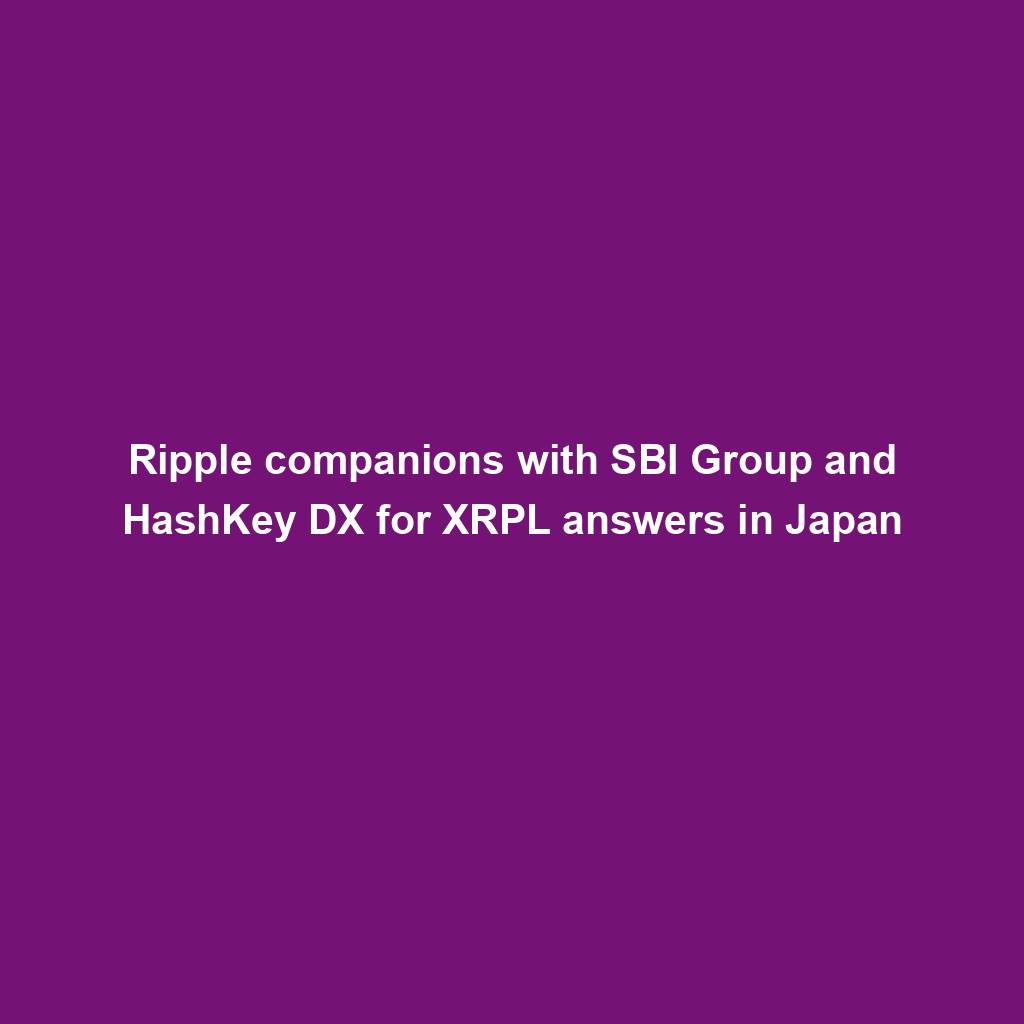
April sees $25M in exploits and scams, marking historic low ― Certik

MSTR, COIN, RIOT and different crypto shares down as Bitcoin dips

EigenLayer publicizes token release and airdrop for the group
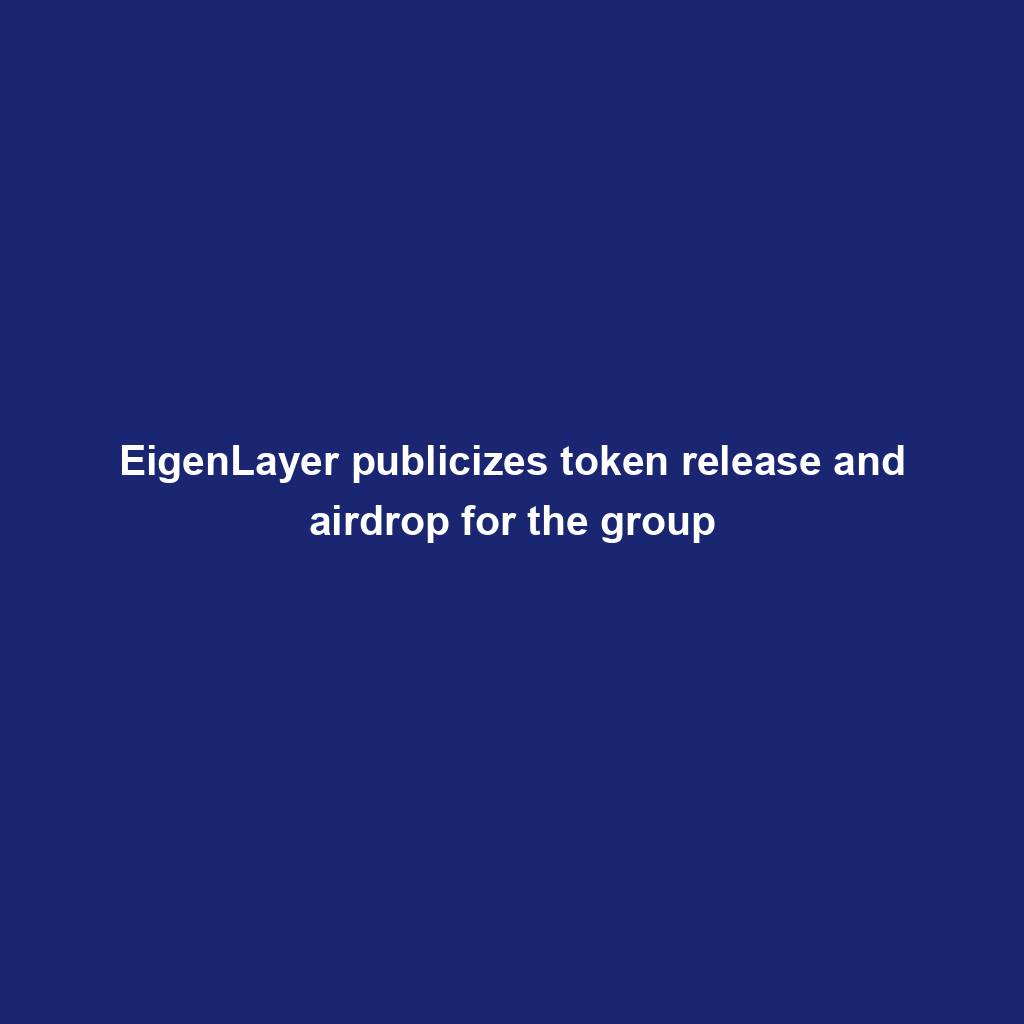
VeloxCon 2024: Innovation in knowledge control

Successful Beta Service release of SOMESING, ‘My Hand-Carry Studio Karaoke App’

Dogwifhat (WIF) large pump on Bybit after record reasons marketplace frenzy

How fintech innovation is riding virtual transformation for communities around the globe

Wasabi Wallet developer bars U.S. customers amidst regulatory considerations

Analyst Foresees Peak In Late 2025

Solo Bitcoin miner wins the three.125 BTC lottery, fixing legitimate block

Ace Exchange Suspects Should Get 20-Year Prison Sentences: Prosecutors

Google Cloud's Web3 portal release sparks debate in crypto trade

Bitcoin Primed For $77,000 Surge

Bitbot’s twelfth presale level nears its finish after elevating $2.87 million

PANDA and MEW bullish momentum cool off: traders shift to new altcoin

Commerce technique: Ecommerce is useless, lengthy are living ecommerce

Republic First Bank closed by way of US regulators — crypto neighborhood reacts
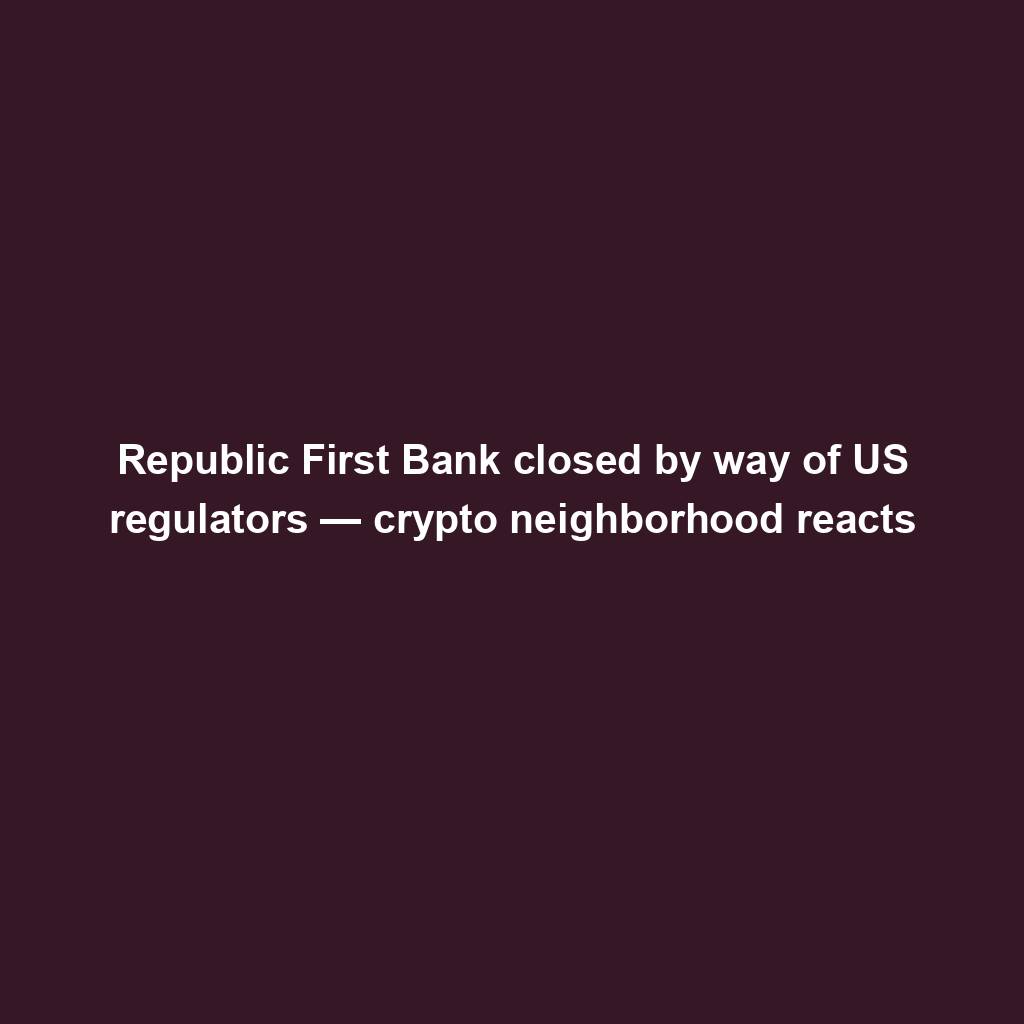
China’s former CBDC leader is beneath executive investigation

Bigger isn’t all the time higher: How hybrid Computational Intelligence development permits smaller language fashions
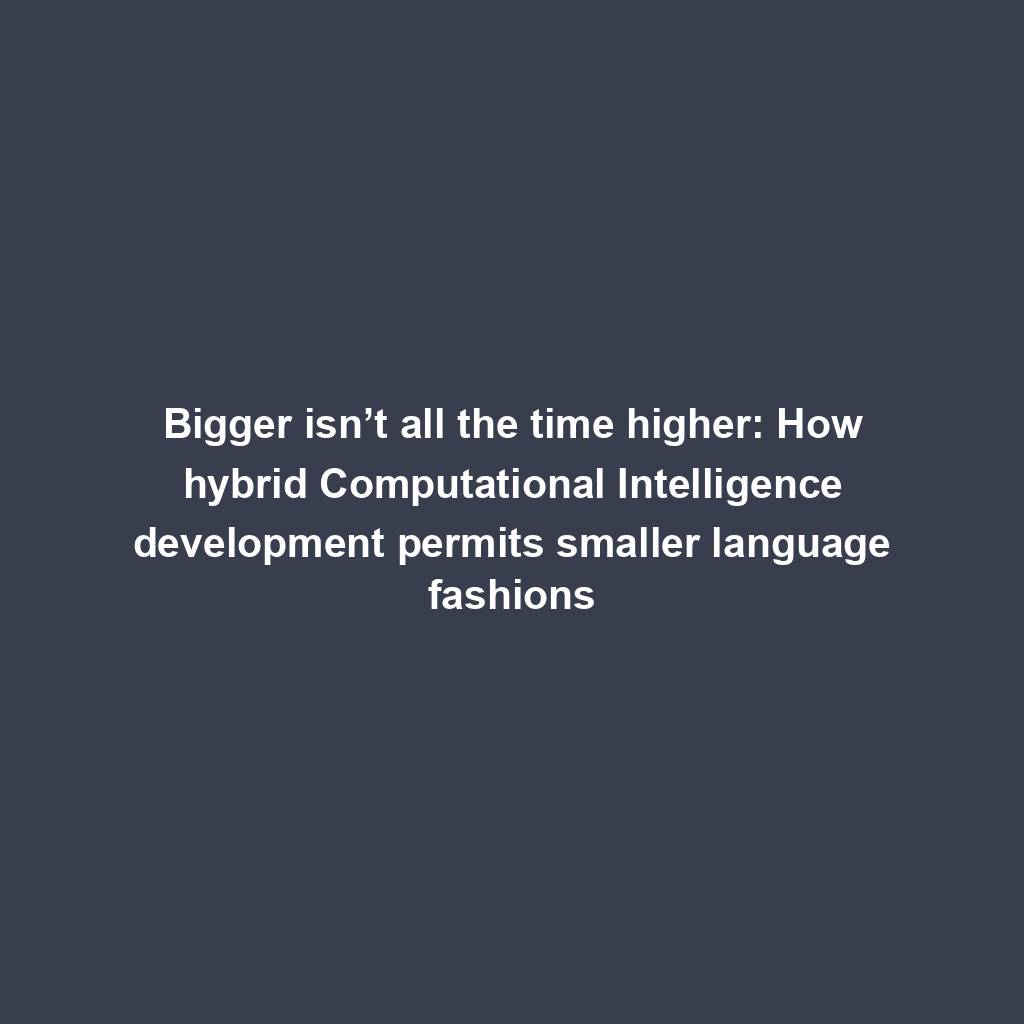
Pantera Capital buys extra Solana (SOL) from FTX
Successful Beta Service release of SOMESING, ‘My Hand-Carry Studio Karaoke App’

SEC sues Bitcoin miner Geosyn Mining for fraud; Bitbot presale nears $3M

Business procedure reengineering (BPR) examples

85% Of Altcoins In “Opportunity Zone,” Santiment Reveals

Sam Altman’s Worldcoin eyeing PayPal and OpenAI partnerships

Artificial Intelligence transforms the IT strengthen enjoy
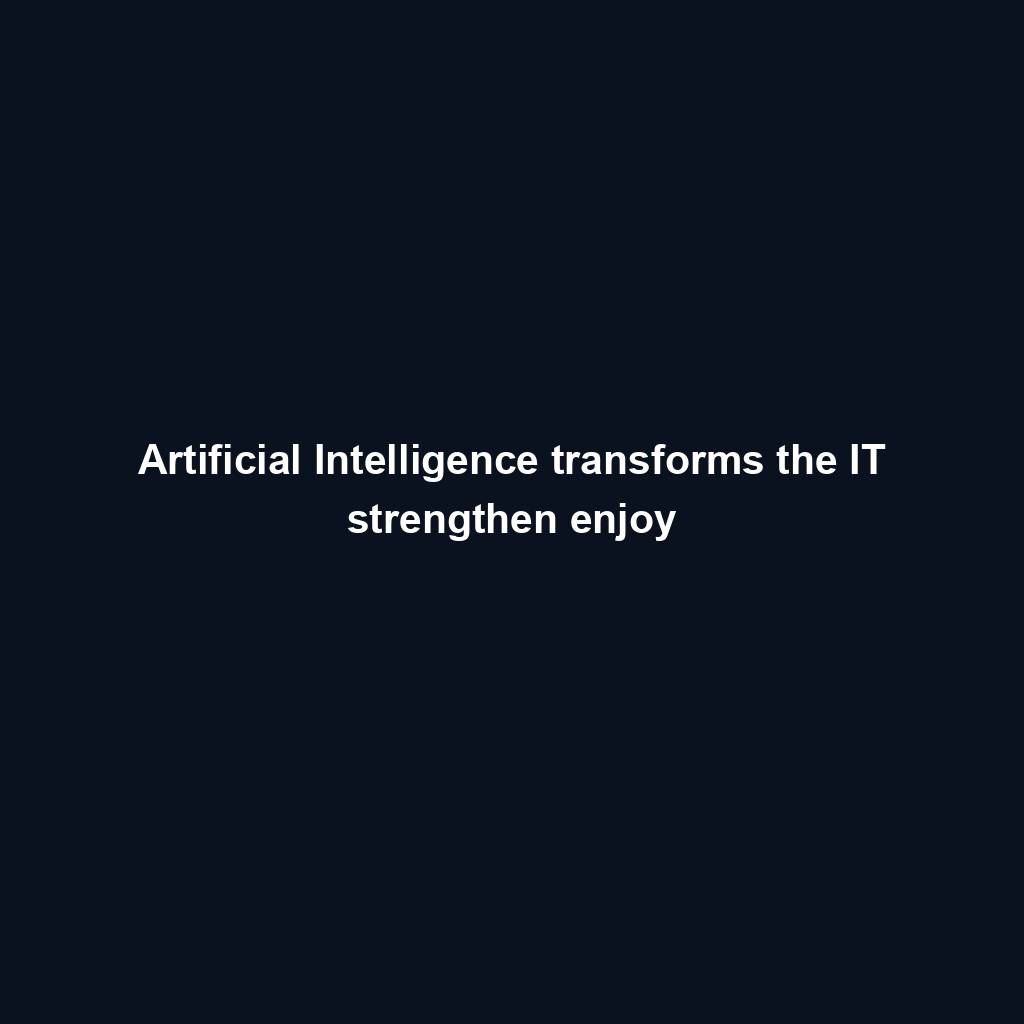
Franklin Templeton tokenizes $380M fund on Polygon and Stellar for P2P transfers

Meta’s letting Xbox, Lenovo, and Asus construct new Quest metaverse {hardware}
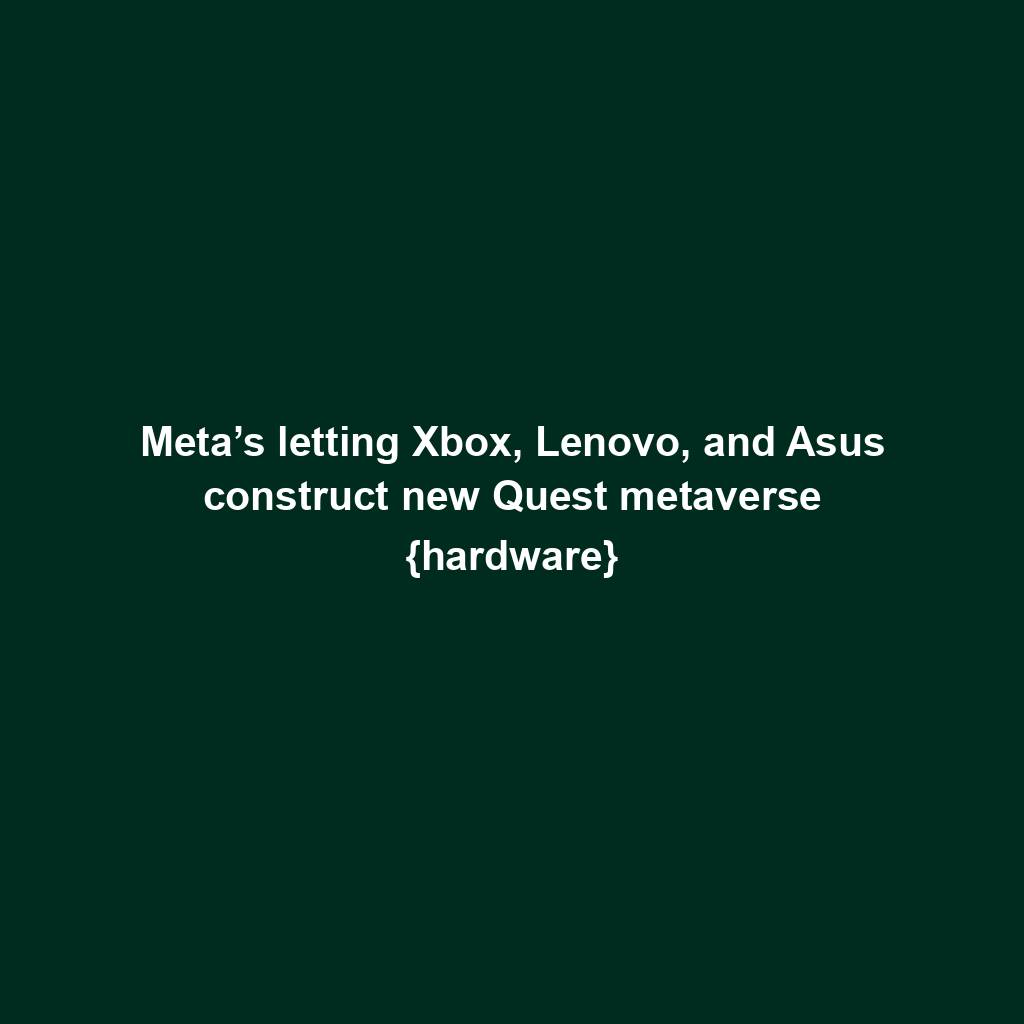
Shiba Inu (SHIB) unveils bold Shibarium plans as Kangamoon steals the display
